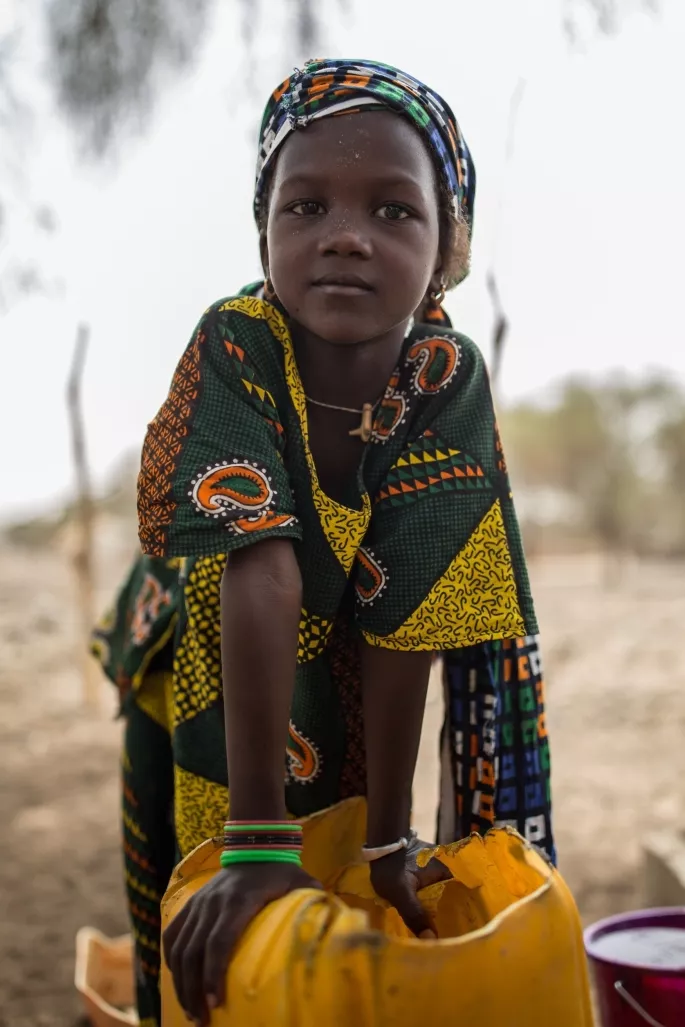
FOOD AID
In times of crisis, when markets are empty, the distribution of food can prevent
the degradation of the nutritional and health status of affected populations, while protecting their livelihoods.
The most appropriate way to respond to the food needs identified must be defined taking into account the political, social, cultural, economic, geographic and security context of the affected population.
One variant of food distribution is the Food for Work system, which follows the principle of distributing food in exchange for beneficiary families performing work for community purposes, such as protecting a natural water source or repairing a road.
How is distribution carried out?
It can take the form of physical distribution of staple foods, when food shortages are global, or the distribution of vouchers, when food is available on the market and there is a problem of access for certain population groups, for economic, physical, social or political reasons. In both cases, local food procurement is promoted to activate the local market.
In the most critical situations, when the entire population is affected, general food distributions are carried out. At other times, distribution is selective, as only part of the population needs food: children, pregnant women, breastfeeding women, elderly people, single-parent families, large families or direct victims of a crisis.
What is distributed?
This may be fresh food or dry rations. Among others: grain, oil or fortified flour.
Dry ration
Rations are calculated according to international standards to meet nutritional needs. The so-called "dry ration" to cover the needs of a family of eight members for one month, distributed in Niger during the food crisis in 2005, consisted of: 50 kilos of rice, 25 kilos of beans and 8 litres of oil.
Whatever food is distributed, it is important that it is adapted to eating habits and respects established quality standards.
